Meet the Monarch Migration Station
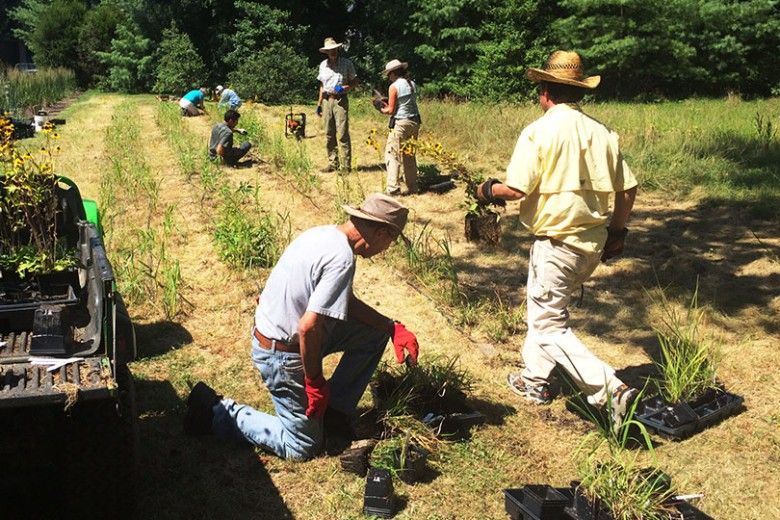
We are very excited to announce that a new butterfly garden is taking shape on the Brandywine Conservancy & Museum of Art campus. Affectionately named the “Monarch Migration Station,” the new garden will be planted with native wildflowers and grasses. It will feature several species of milkweeds, which are the larval host plant of the monarch butterfly. (What does that mean? It means that monarch females lay their eggs exclusively on native milkweed. The eggs then hatch and the caterpillars eat the milkweed leaves. It is their only food source. And, it is what makes them toxic to predators!)
The Monarch Station is being installed in phases; this week’s installation was the first of what will be several plantings. What’s even more special about this garden is that many of the plants and grasses being used in the project were grown from seed by Brandywine Conservancy staff as part of our native plant propagation program.
The new garden is just one of many ways that the Conservancy protects habitat for butterflies and other pollinators. We manage many acres of wildflower and grass meadows on our conserved properties that provide habitat for butterflies, including a diversity of host plants for butterfly larvae and nectar sources for adult butterflies. By carefully managing our lands to remove exotic, invasive plants and perpetuate native plant communities, we are ensuring that butterflies, moths, bees, and other pollinators have the resources they need to survive. In turn, these hard-working insects pollinate our flowers, trees, and food crops.
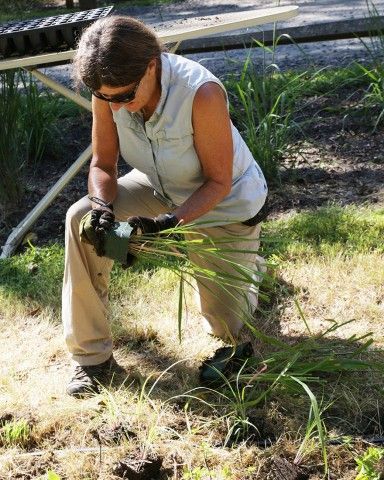
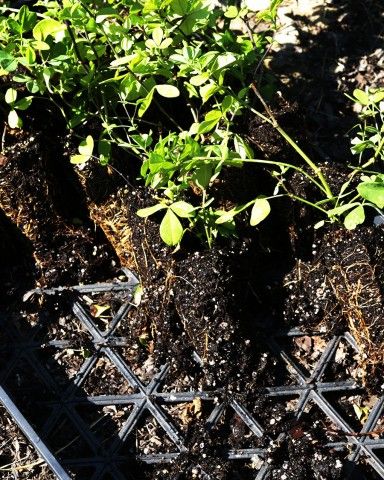
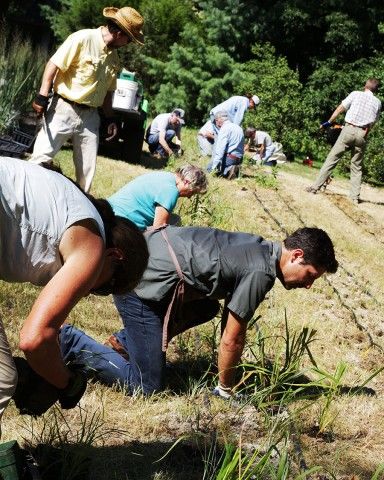
We invite you to visit our campus and drop by the new garden.
About Monarchs
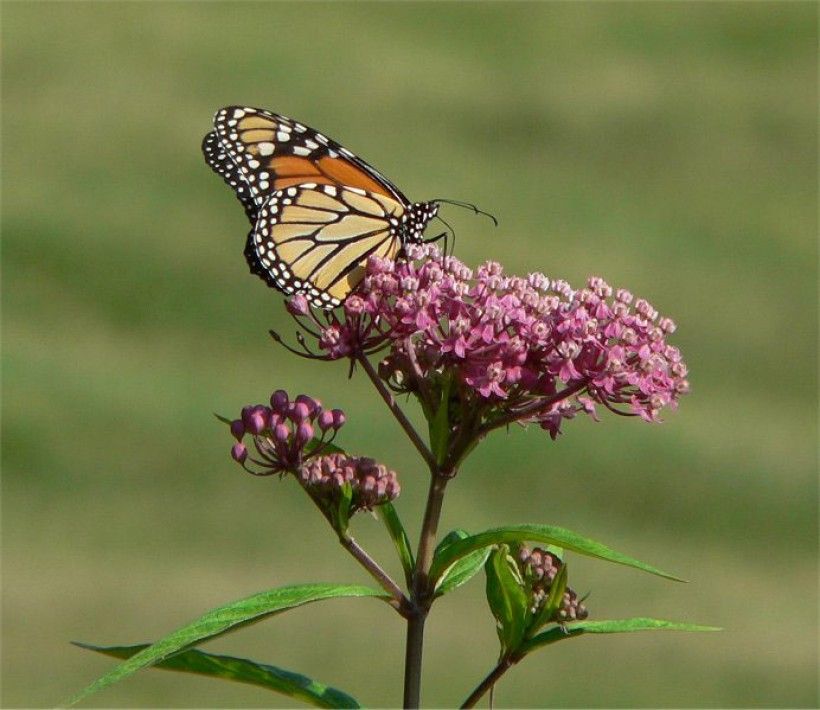
Unfortunately—due to climate change, habitat loss and modern agricultural practices—the monarch is in serious trouble. The North American monarch population has declined by 90 percent over the past two decades. The situation is so dire that scientists from several environmental organizations have asked the U.S. Fish and Wildlife Service to classify the monarch as “threatened” under the Endangered Species Act. To learn more about the plight of monarchs, click here.
One of the contributing factors to the decline in the monarch population is the loss of native milkweed plants. As mentioned above, milkweeds are critical to the life cycle of the monarch. They are its only food source in the larval (caterpillar) stage. Modern agricultural practices and the increased use of pesticides have severely reduced the presence of milkweed plants, classified as a “weed,” in many areas.
How You Can Help
You can help monarchs by planting native milkweeds in your yards, gardens, meadows. Just be sure you are planting the right species, preferably one purchased at Brandywine’s annual native plant sale, or you could be doing more harm than good.